Lawns and backyards are people’s price possession, the result of their diligent hard work and maintenance. While it’s pretty common to have to deal with weeds and excessive growth around the garden, sand spurs are the type of stubborn weed that no one wants to deal with.
Also known as sandbur or burgrass, these are one of the most common types of invasive weeds you don’t want around in your lawn or garden. It is also termed as a “noxious weed” in over 46 states in the United States.
Although the weed starts out looking like regular grass, it takes a turn for the worse pretty soon enough. This is one of those things you don’t want to experience at all, especially after putting extra work into your lawn.
This article will explore everything you need to know about how to get rid of sand spurs effectively and without leaving any remnants of damage around your backyard.
Also read: How to Get Rid of Ant Hills? | 9 Quick and Easy Remedies
Table of Contents
How to Identify Sand Spurs in Your Backyard?
Sand Spurs start out looking like common grass, but things soon take a turn for the worse, and they develop into these invasive and obnoxious weeds that overgrow around the yard, making things worse than you can imagine.
So, the common question that most people have is, “How do I distinguish sand spurs and eliminate them?”
The most common identifying trait of a sand spur is its prickly nature, which can be painful the moment you end up touching it by mistake. Since they invade the lawns quite often, walking barefoot on the grass that’s invaded with this weed will be painful.
Also, sand spurs are of two primary types – long spine sandbur and southern sandbur. Furthermore, most types of sand spurs grow in soil with low fertility, and that’s sandy in texture and nature.
When looking for sand spurs around your lawn or yard, the following are two factors you have to keep in mind:
- Sand spurs grow very sporadically, meaning that you’d have to walk around and scope the area to understand where they are growing. If you have areas in the yard where the soil is dry and sandy, that’s where you’d need to check first. Also, while inspecting the area, check the extent of the infestation and the surrounding area before you go ahead with any chemical control.
- Since sand spurs have an ugly and prickly seed head on their outside, it is due to a lack of proper hydration and nutrition, so that’s one thing you have to be mindful of without any questions.
With that out of the way, the next factor worth looking into is how you can eliminate these invasive weeds so they don’t take over and infest the entirety of the lawn or yard, making it impossible for you to walk barefoot on the grass.
Ways to Get Rid of Sand Spurs
Now that you have a basic understanding of sand spurs and their degree of infestation, the next thing that’s important to explore is some of the ways you can eliminate them from your backyard.
Besides uprooting the overgrown sand spur weeds, it is also crucial that you scrape the yard or lawn and eliminate the unnecessary seeds that often lead to the growth of sand spurs all around the garden.
1. Mow the Lawn/Yard

The easiest and most effective way to eliminate sand spurs from your garden is to bring out your mowing machine from the garage.
You want to start by mowing low to the ground and then higher up. During this time, you also want to put a bag into the lawnmower so that the seeds collected during mowing are stacked inside the bag instead of free-floating in the lawn.
2. Blanket Removal
This might seem like a funny trick, but it works wonders by collecting the majority of the sand spurs seeds spread across the lawn or yard.
You want to use an old and fibrous blanket that will grip onto the seeds when you scrape the blanket through the lawn. Drag the blanket lengthwise through the entire lawn and then take it to a corner. Put on a pair of gloves and pick off all the sandbur seeds and eliminate them.
3. Use Chemical Herbicide
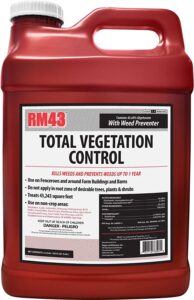
If the infestation is beyond control and extensive, one thing that works as your last resort is using a chemical herbicide. To be fair, it works effortlessly. Also, when using chemical herbicide, you want to use it only if the weed hasn’t grown in areas where you have the plants growing.
Also, the kind of herbicide you use will depend on the type or quality of grass you have in your backyard. For example, if your lawn is covered in Bermuda grass, you want to use a high-quality herbicide that contains nicosulfron, metsulfuron, imazapic, or glyphosate.
4. Manual Weeding
This technique is used by many to eliminate the overgrown sand spurs around the lawn. The biggest caution when pulling out sand spurs manually with the hand is to be careful. Since they contain spikes and pricks, you mustn’t end up hurting yourself.
Start by looking for the smaller patches of weed growth first. Wear protective gloves and uproot the weed, ensuring that you don’t leave any kinds of seeds in the area. If the growth is extensive and thick, we’d recommend that you use an herbicide and avoid manual weeding.
5. Regular Watering & Mowing
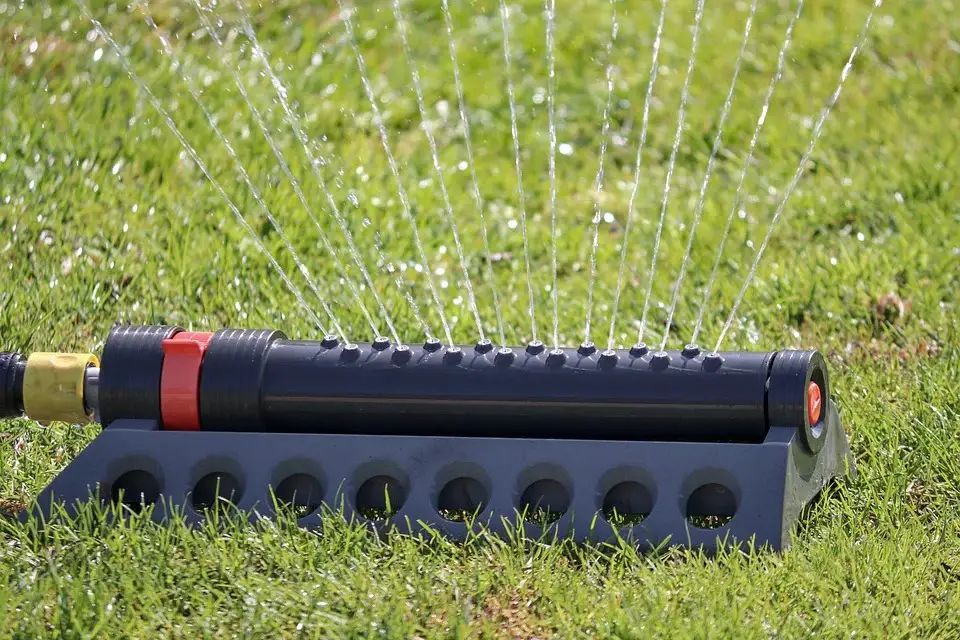
We discussed that sand spurs, as their name suggests, need dry and sandy soil. So, your biggest weapon to eliminate them is watering your lawn regularly, followed by a mowing routine to eliminate the seeds.
Sand spurs, like most weeds, re-grow pretty quickly. To avoid that effectively, you want to ensure that the soil is moist and well-watered now and then. The moment you make the area inhabitable for their growth is when you get to sort things out quickly.
6. Use Fertilizes Fortified with Nitrogen

Fertilizers enriched with nitrogen are another effective way to eliminate the excessive growth of sand spurs around your lawn. Sand spurs grow quickly in soil with low nitrogen levels.
So, adding a fertilizer high in nitrogen is an effective way to prevent the excessive growth of these unwanted intruders in your lawn. Also, when applying the fertilizer, you want to sprinkle one pound of the fertilizer per 1000 sq. ft. of your lawn’s area.
7. Burn them
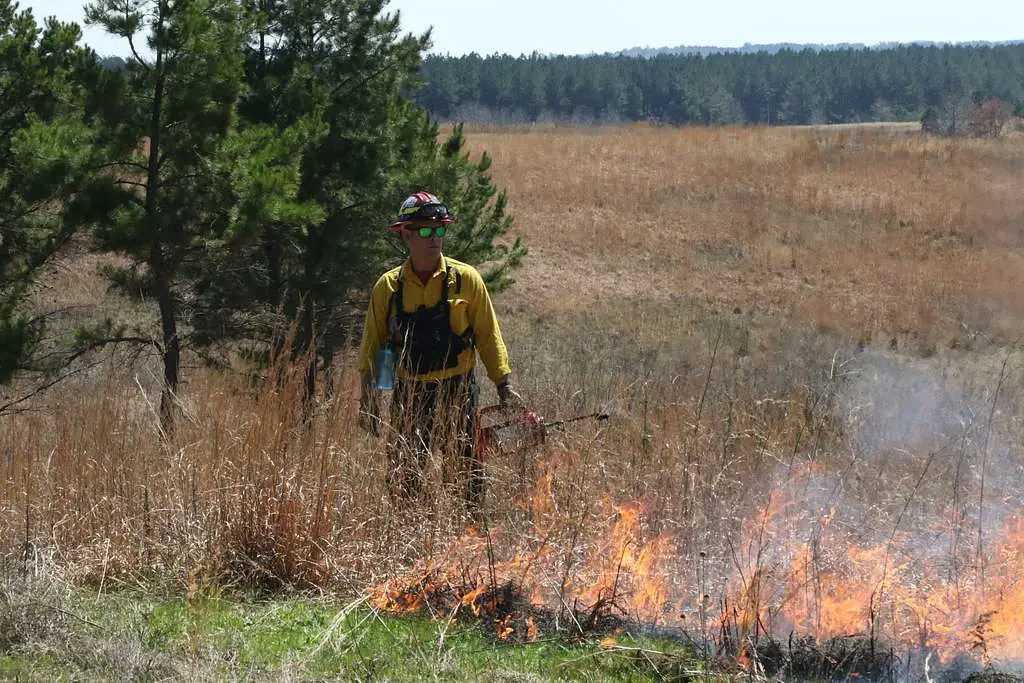
If the growth of the sand spurs is extensive and hand weeding isn’t working, one effective way to eliminate the growth of this weed is to burn them to the ground. Surprisingly, as rough as it sounds, they work.
You can use a flame weeder, which is readily available in the market. These will immediately burn the mature sand spurs, even destroying the seeds that could contribute to regrowth in the future. Avoid torching the grass since that will damage the growth of the grass too.
8. Use livestock grazing

Before anyone gets confused, livestock grazing isn’t ideal for weeding overgrown sand spurs with spikes and pricks. Instead, you have to use them to graze the field when the weed is in the sprout position.
During the early months of growth, let your cows graze the field and eat away at the sand spur sprouts completely. Again, we have to reiterate that grazing is the only idea when the weed is in the sprouting stage.
9. Use Corn Gluten Meal
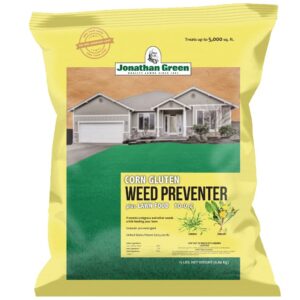
If you haven’t heard of it, it is essentially a powder with the gluten from the corn, ideally the protein-rich part of the corn. Now, the key is that the protein in this powder halts the growth of the weed right at the germination stage.
It is available easily at your local hardware store. Once you buy some, sprinkle the same generously throughout the expanse of your garden and water well. This should effectively help you eliminate the growth of the sand spurs entirely.
10. Plant Fresh Grass
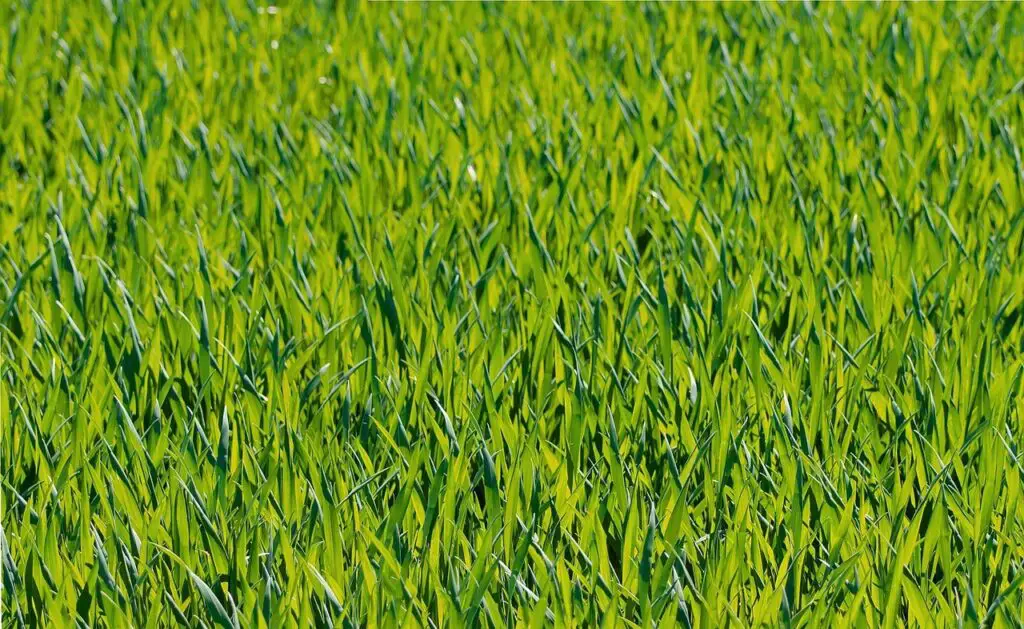
The last resort you have to opt for is planting fresh grass in the area. Ideally, you want to start with using native grass species that will thrive in the climate and the soil quality in your area.
What’s excellent about planting a fresh patch of grass is that they grow to prevent the unnecessary growth of weeds, like sand spurs. If you are confused about which type of grass to plant, call the local agricultural commissioner for recommendations.
These are all the ways you need to know how to get rid of sand spurs. If you are confused about how to get through eliminating them from your lawn, we’d recommend that you keep a check on these factors and the tips we have mentioned in this article.
Also read: 14 Natural Weed Killers to Kill Weeds Naturally in Your Garden
Frequently Asked Questions (FAQs)
What is the best way to kill sand spurs?
The quickest way to kill sand spurs is to burn them using a flame weeder or use a chemical herbicide for a less risky method.
Will vinegar kill sand spurs?
While there isn’t much information available about the effectiveness of white vinegar in killing sand spurs, we’d recommend you give it a try since it might help.
How do I get rid of sand burrs?
The best way to eliminate sand burrs is by using a pre-emerging herbicide. These chemicals don’t let these weeds grow in the first place.
How do sand spurs spread?
Sand spurs are an annual weed, meaning they have a whole cycle of growth. It starts by germinating, growing to maturity, producing seeds, and invading the lawns.
What chemical kills Sandspurs?
One of the most effective chemicals that kill Sandspurs is Eraser 41% Glyphosate. It is a non-selective herbicide, meaning it will kill everything it comes in contact with, so use it wisely.
How do you get rid of Sandspurs naturally?
The easiest and most effective and non-toxic way to eliminate Sandspurs is by mowing the lawn and following it up with some watering.
What kills sand burrs but not grass?
Manual weeding is an effective, non-toxic method to eliminate sand burrs without hurting the grass. Besides that, using selective herbicides is another effective way to get things sorted.
Are sand burrs poisonous?
Sand burrs aren’t toxic or poisonous. However, they have a sharp and prickly appearance, which can physically hurt people and animals when left around.
What is another name for Sandspurs?
Sand spurs are called by multiple names, including sand burrs and burgrass. They are invasive weeds, so ensure that you identify and eliminate them immediately.
What are sand burrs good for?
Sand burrs aren’t technically beneficial for your lawn. They don’t have any positive influence around the garden, so it’s better to get rid of them.
